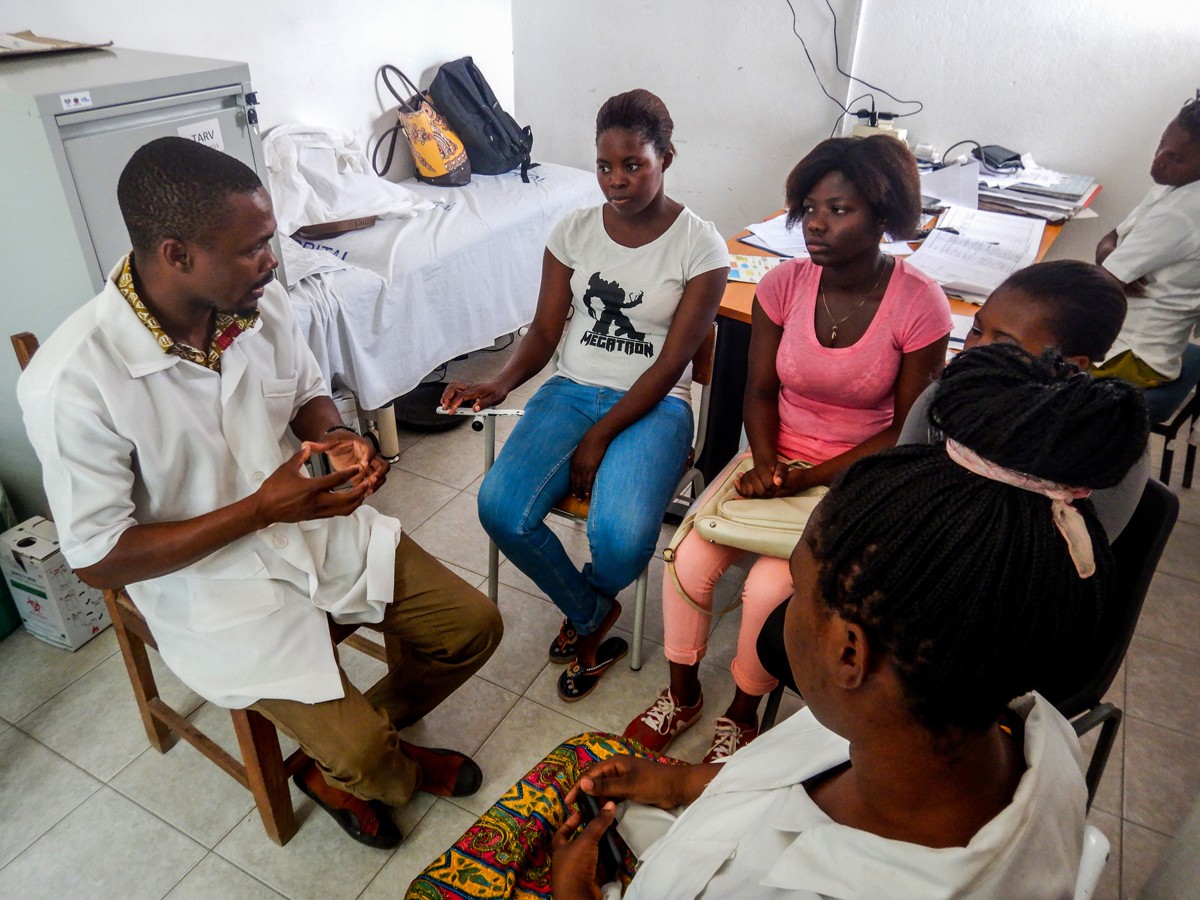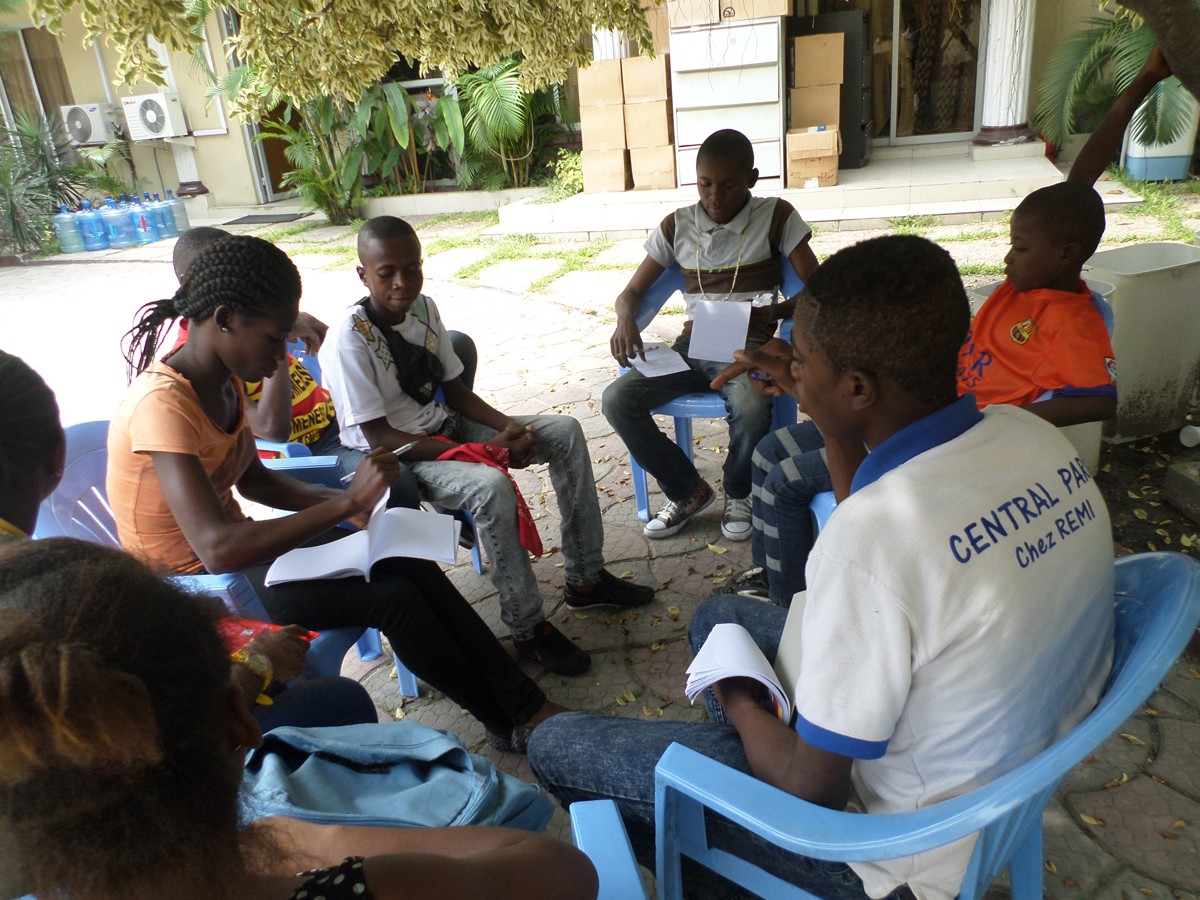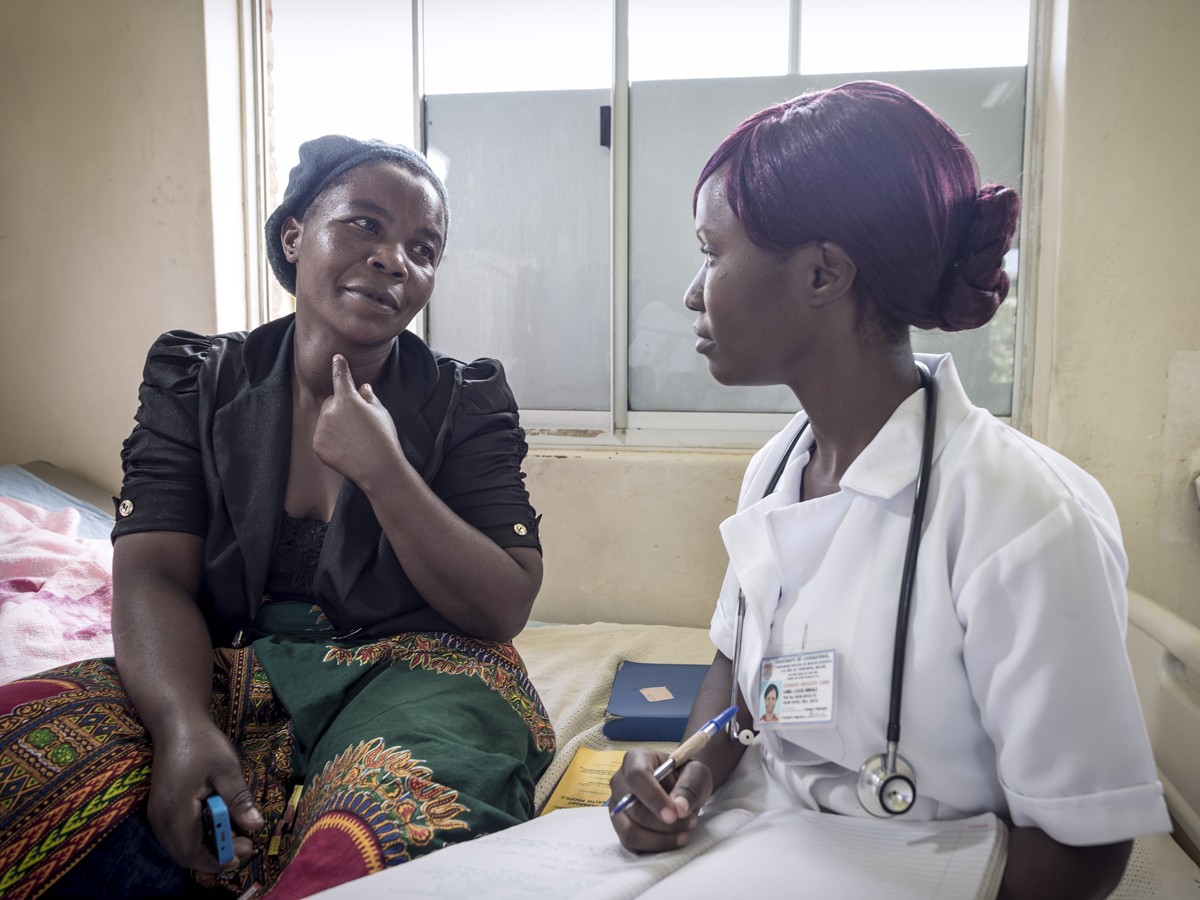Authors:
Abstract:
Background: While laboratory testing for infectious diseases such as COVID-19 is the surveillance gold standard, it is not always feasible, particularly in settings where resources are scarce. In the small country of Lesotho, located in sub-Saharan Africa, COVID-19 testing has been limited, thus surveillance data available to local authorities are limited. The goal of this study was to compare a participatory influenza-like illness (ILI) surveillance system in Lesotho with COVID-19 case count data, and ultimately to determine whether the participatory surveillance system adequately estimates the case count data.
Methods: A nationally-representative sample was called on their mobile phones weekly to create an estimate of incidence of ILI between July 2020 and July 2021. Case counts from the website Our World in Data (OWID) were used as the gold standard to which our participatory surveillance data were compared. We calculated Spearman’s and Pearson’s correlation coefficients to compare the weekly incidence of ILI reports to COVID-19 case count data.
Results: Over course of the study period, an ILI symptom was reported 1,085 times via participatory surveillance for an average annual cumulative incidence of 45.7 per 100 people (95% Confidence Interval [CI]: 40.7 – 51.4). The cumulative incidence of reports of ILI symptoms was similar among males (46.5, 95% CI: 39.6 – 54.4) and females (45.1, 95% CI: 39.8 – 51.1). There was a slightly higher annual cumulative incidence of ILI among persons living in peri-urban (49.5, 95% CI: 31.7 – 77.3) and urban settings compared to rural areas. The January peak of the participatory surveillance system ILI estimates correlated significantly with the January peak of the COVID-19 case count data (Spearman’s correlation coefficient = 0.49; P < 0.001) (Pearson’s correlation coefficient = 0.67; P < 0.0001).
Conclusions: The ILI trends captured by the participatory surveillance system in Lesotho mirrored trends of the COVID-19 case count data from Our World in Data. Public health practitioners in geographies that lack the resources to conduct direct surveillance of infectious diseases may be able to use cell phone-based data collection to monitor trends.







